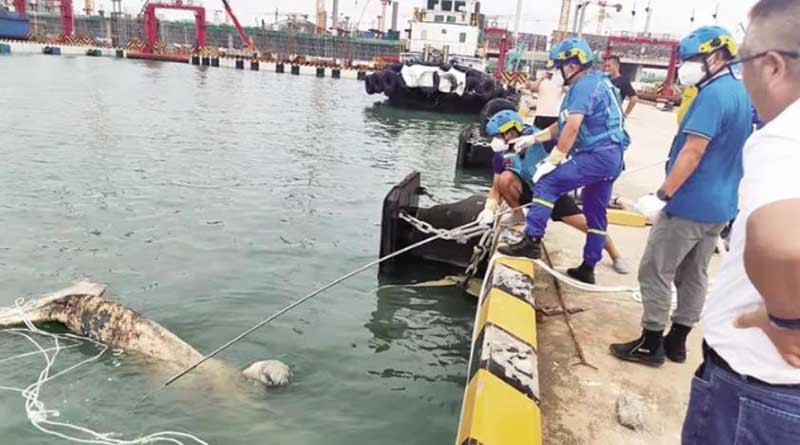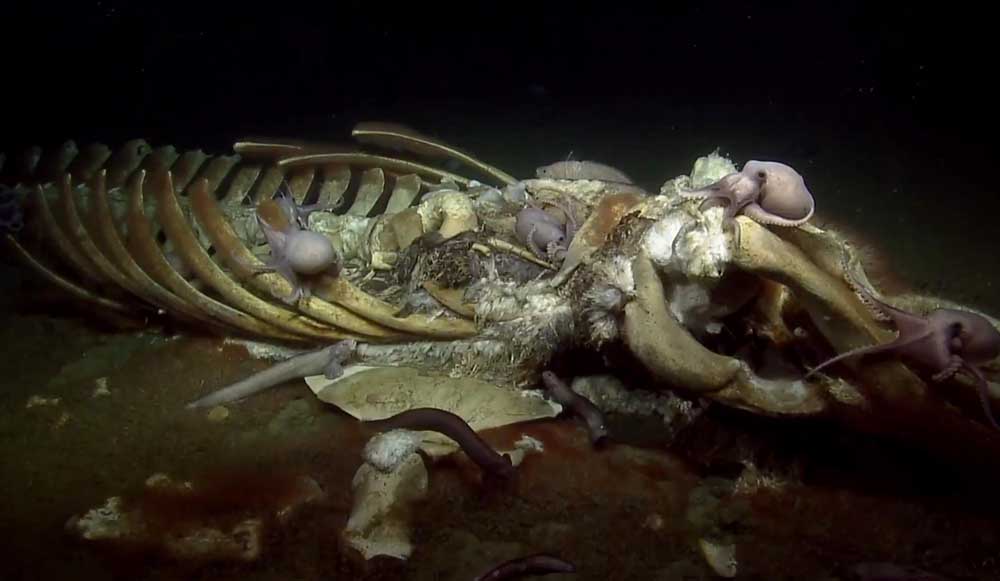On the morning of September 16, a whale carcass about 10 meters in length was found at the Haikou New Sea Port.
After accessing the scene, a professor from the School of Ecology and Environment of Hainan University confirmed that it was a whale based on the exposed part of the body, but the species, age or cause of death could not be judged for the time being.
At 3 o’clock in the afternoon, the Hainan Blue Sky Rescue Team arrived to deal with the carcass after receiving a request for help.
Two sets of ropes were tied to the whale’s tail and it took more than an hour to drag the whale out from under the pier.
According to Zhang Fuguo, deputy captain of the Hainan Blue Sky Rescue Team, the carcass of the whale was about 10 meters long and because the whale had been dead for many days, gas in the abdomen had expanded.
The situation was quite tricky, he continued, as once gas in the abdomen expands an explosion can occur, which can be as powerful as a gas tank explosion.
Zhang Fuguo told reporters that there are basically two methods for dealing with whale carcasses, one is to turn it into a specimen, and the other is to turn it into whale fall.
What is whale fall?
Whale fall refers to the process by which dead whales slowly sink to the bottom of the sea where they decompose and are consumed.
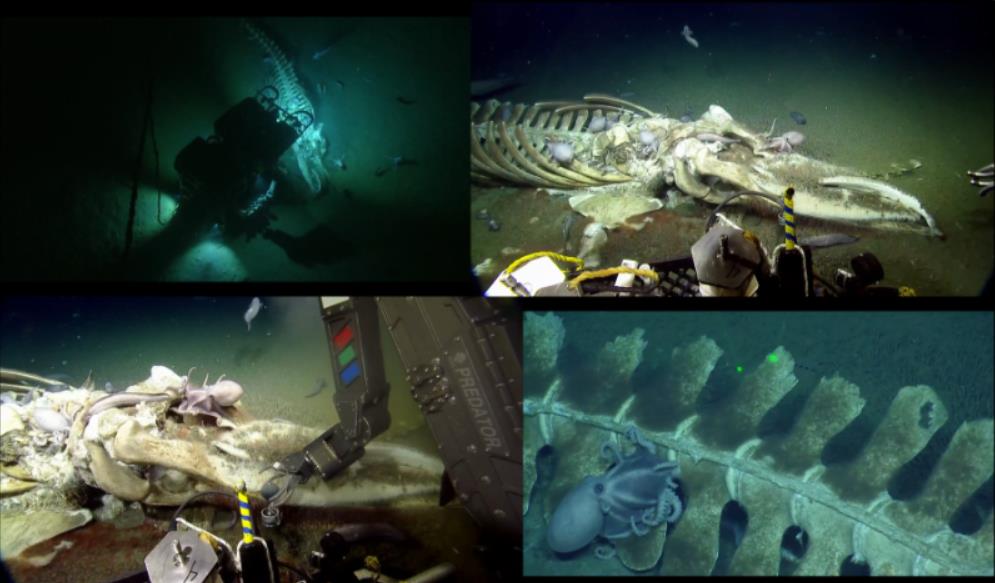
It refers to the benthic ecosystem which is the lowest ecological region of a body of water, it depends on organic matter such as whale carcasses for survival.
After the death of a whale, the carcass becomes an oasis for life in the deep sea
What are the stages of whale fall?
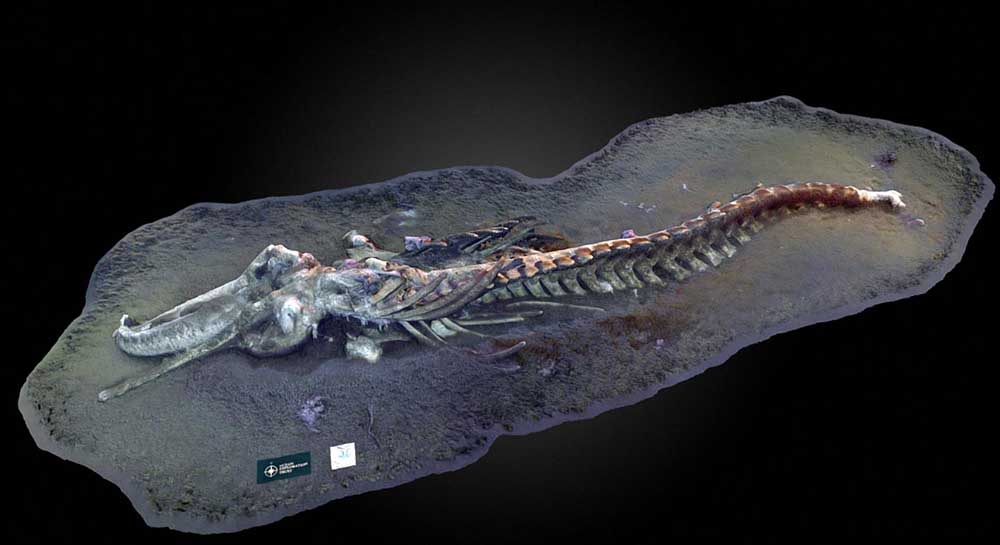
First, when the whale sinks to the bottom of the sea, a large amount of protein and organic matter on the initial carcass will attract sharks, hagfish and crustaceans.
If the whale is large enough, after landing on the seafloor, the protein can be consumed by these organisms for between 4-24 months. In addition, the calories from whale blubber are extremely high.
During the long process of complete ingestion and decomposition of whales by marine life, the energy contained in the fatty whale blubber will become the fuel that drives the submarine ecosystem.
Next, it will be the turn of polychaetes and crustacean invertebrates. These opportunists can adapt to their environment in a short period of time and reproduce quickly. While they get food from the whale falls, they also use it as a place to live and thrive.
Subsequently, a large number of anaerobic bacteria will breed and spread in the whale landing area. They enter the whale bones and other tissues, break down the lipids in them, and combine with the dissolved sulfates in the seawater to produce hydrogen sulfide.
Chemoautotrophic bacteria use the dissolved oxygen in the water to obtain energy from hydrogen sulfide. The organisms that coexist with the chemoautotrophic bacteria also have an important energy supplement.
Finally, when the organic matter is exhausted, the mineral remains of whale bones will become living places and form reefs, such as coral reefs.
It may take hundreds of years from the formation of the whale fall to final decomposition. During this period, it can not only change the environment and the distribution of biological populations where the whale fall is located, but can even affect the evolution of new species. Zhao Muqiu member of the TS16 voyage scientific expedition team and professor of the School of Ecological Environment of Hainan Tropical Ocean University
Previously, scientists found several special bone-eating insects in the bones of whales. They resemble water-like glow sticks, and they give birth to thousands of larvae. They float in the ocean until they encounter another whale fall, and then start the process again.
Whales not only provide a rich source of food for deep-sea creatures but more importantly, they transport the energy obtained by whales above the seawater downwards, which greatly promotes the reproduction and development of deep-sea creatures.
Whale bones are notoriously oily, contain a lot of minerals and stores of rich lipids. These nutrients are decomposed very slowly by bacteria. A large whale can sustain hundreds of invertebrates for decades or even hundreds of years.
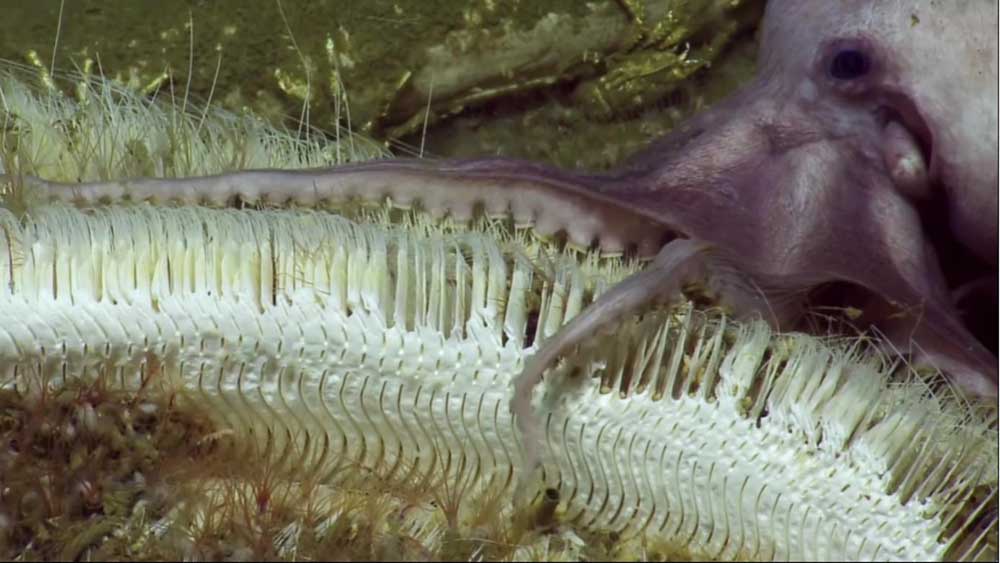
Not all marine environments can form a natural whale fall. Some scientists have discovered through long-term observations of whale carcasses in Monterey Canyon, California, that the depth of seawater and related physical environment is also crucial to the formation of whale fall ecosystems.
The extinction of life happens every day, but why do scientists find so few natural whale falls?
First, with global climate change and the impact of human activities the number of whales killed or stranded due to sonar interference has increased, however the number of cetaceans in the ocean has drastically decreased and whales have become scarce.
Since it is impossible to predict in time when a whale will die and when it will sink to the bottom of the deep sea, the discovery of a whale fall is not only related to the development level of deep-sea science and technology but there is a large element of chance.
Related article: New whale exhibition at the South China Sea Museum



